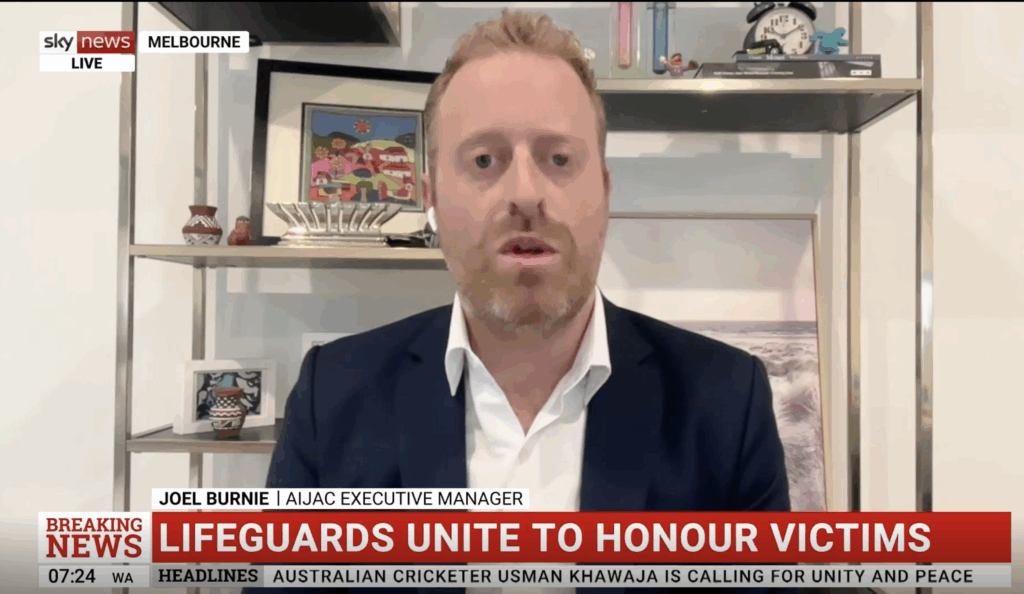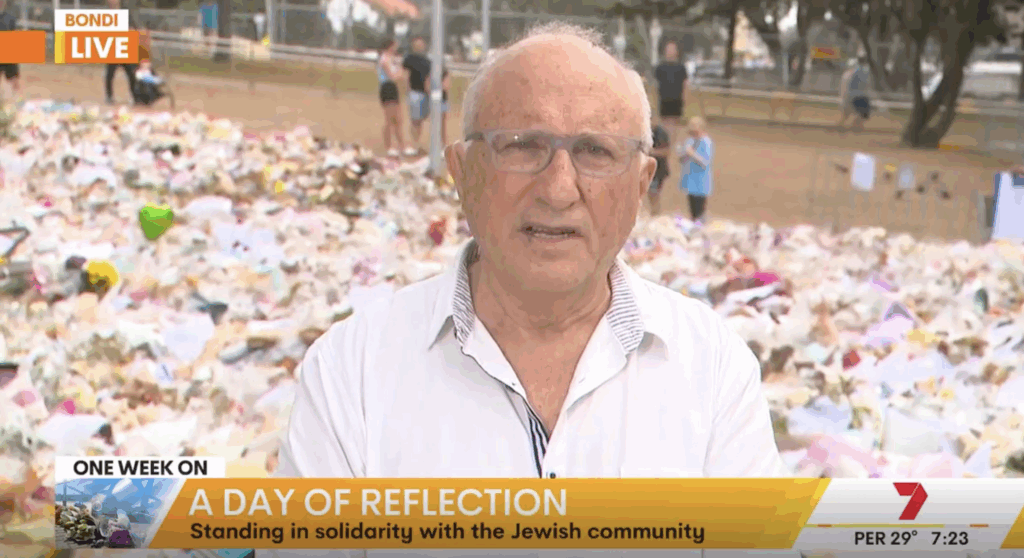RESOURCES
U.N. Security Council Resolution 242 – 1967
July 12, 2006
November 22, 1967
Following the June 1967, Six-Day War, the situation in the Middle East was discussed by the UN General Assembly, which referred the issue to the Security Council. After lengthy discussion, a final draft for a Security Council resolution was presented by the British Ambassador, Lord Caradon, on November 22, 1967. It was adopted on the same day.
This resolution, numbered 242, established provisions and principles which, it was hoped, would lead to a solution of the conflict. Resolution 242 was to become the cornerstone of Middle East diplomatic efforts in the coming decades.
The Security Council,
Expressing its continuing concern with the grave situation in the Middle East,
Emphasizing the inadmissibility of the acquisition of territory by war and the need to work for a just and lasting peace in which every State in the area can live in security,
Emphasizing further that all Member States in their acceptance of the Charter of the United Nations have undertaken a commitment to act in accordance with Article 2 of the Charter,
- Affirms that the fulfillment of Charter principles requires the establishment of a just and lasting peace in the Middle East which should include the application of both the following principles:
- Withdrawal of Israeli armed forces from territories occupied in the recent conflict;
- Termination of all claims or states of belligerency and respect for and acknowledgement of the sovereignty, territorial integrity and political independence of every State in the area and their right to live in peace within secure and recognized boundaries free from threats or acts of force;
- Affirms further the necessity
- For guaranteeing freedom of navigation through international waterways in the area;
- For achieving a just settlement of the refugee problem;
- For guaranteeing the territorial inviolability and political independence of every State in the area, through measures including the establishment of demilitarized zones;
- Requests the Secretary General to designate a Special Representative to proceed to the Middle East to establish and maintain contacts with the States concerned in order to promote agreement and assist efforts to achieve a peaceful and accepted settlement in accordance with the provisions and principles in this resolution;
- Requests the Secretary-General to report to the Security Council on the progress of the efforts of the Special Representative as soon as possible.
Statements Clarifying the Meaning of U.N. Security Council Resolution 242
Even before the beginning of the Jarring Mission (the Special Representative as mentioned in the Resolution), the Arab States insisted that Security Council Resolution 242 called for a total withdrawal of Israeli forces from territories occupied in the Six-Day War. Israel held that the withdrawal phrase in the Resolution was not meant to refer to a total withdrawal. Following are statements including the interpretations of various delegations to Resolution 242:
A. United Kingdom
– Lord Caradon, sponsor of the draft that was about to be adopted, stated, before the vote in the Security Council on Resolution 242:
” . . . the draft Resolution is a balanced whole. TO add to it or to detract from it would destroy the balance and also destroy the wide measure of agreement we have achieved together. It must be considered as a whole as it stands. I suggest that we have reached the stage when most, if not all, of us want the draft Resolution, the whole draft Resolution and nothing but the draft Resolution.” (S/PV 1382, p. 31, of 22.11.67)
– Lord Caradon, interviewed on Kol Israel in February 1973:
Question: “This matter of the (definite) article which is there in French and is missing in English, is that really significant?”
Answer: “the purposes are perfectly clear, the principle is stated in the preamble, the necessity for withdrawal is stated in the operative section. And then the essential phrase which is not sufficiently recognized is that withdrawal should take place to secure and recognized boundaries, and these words were very carefully chosen: they have to be secure and they have to be recognized. They will not be secure unless they are recognized. And that is why one has to work for agreement. This is essential. I would defend absolutely what we did. It was not for us to lay down exactly where the border should be. I know the 1967 border very well. It is not a satisfactory border, it is where troops had to stop in 1947, just where they happened to be that night, that is not a permanent boundary . . . “
– Mr. Michael Stewart, Secretary of State for Foreign and Commonwealth Affairs, in reply to a question in Parliament, 17 November 1969:
Question: “What is the British interpretation of the wording of the 1967 Resolution? Does the Right Honourable Gentleman understand it to mean that the Israelis should withdraw from all territories taken in the late war?”
Mr. Stewart: “No, Sir. That is not the phrase used in the Resolution. The Resolution speaks of secure and recognized boundaries. These words must be read concurrently with the statement on withdrawal.”
– Mr. Michael Stewart, Secretary of State for Foreign and Commonwealth Affairs, in a reply to a question in Parliament, 9 December 1969:
“As I have explained before, there is reference, in the vital United Nations Security Council Resolution, both to withdrawal from territories and to secure and recognized boundaries. As I have told the House previously, we believe that these two things should be read concurrently and that the omission of the word ‘all’ before the word ‘territories’ is deliberate.”
– Mr. George Brown, British Foreign Secretary in 1967, on 19 January 1970:
“I have been asked over and over again to clarify, modify or improve the wording, but I do not intend to do that. The phrasing of the Resolution was very carefully worked out, and it was a difficult and complicated exercise to get it accepted by the UN Security Council. “I formulated the Security Council Resolution. Before we submitted it to the Council, we showed it to Arab leaders. The proposal said ‘Israel will withdraw from territories that were occupied’, and not from ‘the’ territories, which means that Israel will not withdraw from all the territories.” (The Jerusalem Post, 23.1.70)
B. United States of America
– Mr. Arthur Goldberg, US representative, in the Security Council in the course of the discussions which preceded the adoption of Resolution 242:
“To seek withdrawal without secure and recognized boundaries … would be just as fruitless as to seek secure and recognized boundaries without withdrawal. Historically, there have never been secure or recognized boundaries in the area. Neither the armistice lines of 1949 nor the cease-fire lines of 1967 have answered that description … such boundaries have yet to be agreed upon. An agreement on that point is an absolute essential to a just and lasting peace just as withdrawal is . . . ” (S/PV. 1377, p. 37, of 15. 11.67)
– President Lyndon Johnson, 10 September 1968:
“We are not the ones to say where other nations should draw lines between them that will assure each the greatest security. It is clear, however, that a return to the situation of 4 June 1967 will not bring peace. There must be secure and there must be recognized borders. Some such lines must be agreed to by the neighbours involved.”
– Mr. Joseph Sisco, Assistant Secretary of State, 12 July 1970 (NBC “Meet the Press”):
“That Resolution did not say ‘withdrawal to the pre-June 5 lines’. The Resolution said that the parties must negotiate to achieve agreement on the so-called final secure and recognized borders. In other words, the question of the final borders is a matter of negotiations between the parties.”
– Eugene V. Rostow, Professor of Law and Public Affairs, Yale University, who, in 1967, was US Under-Secretary of State for Political Affairs:
a) ” … paragraph 1 (i) of the Resolution calls for the withdrawal of Israeli armed forces ‘from territories occupied in the recent conflict’, and not ‘from the territories occupied in the recent conflict’. Repeated attempts to amend this sentence by inserting the word ‘the’ failed in the Security Council. It is, therefore, not legally possible to assert that the provision requires Israeli withdrawal from all the territories now occupied under the cease-fire resolutions to the Armistice Demarcation lines.” (American Journal of International Law, Volume 64, September 1970, p. 69)
b) “The agreement required by paragraph 3. of the Resolution, the Security Council said, should establish ‘secure and recognized boundaries’ between Israel and its neighbours ‘free from threats or acts of force’, to replace the Armistice Demarcation lines established in 1949, and the cease-fire lines of June 1967. The Israeli armed forces should withdraw to such lines as part of a comprehensive agreement, settling all the issues mentioned in the Resolution, and in a condition of peace.” (American Journal of International Law, Volume 64, September 1970, p. 68)
C. USSR
– Mr. Vasily Kuznetsov said in discussions that preceded the adoption of Resolution 242:
” … phrases such as ‘secure and recognized boundaries’. What does that mean? What boundaries are these? Secure, recognized – by whom, for what? Who is going to judge how secure they are? Who must recognize them? … there is certainly much leeway for different interpretations which retain for Israel the right to establish new boundaries and to withdraw its troops only as far as the lines which it judges convenient.” (S/PV. 1373, p. 112, of 9.11.67)
D. Brazil
– Mr. Geraldo de Carvalho Silos, Brazilian representative, speaking in the Security Council after the adoption of Resolution 242:
“We keep constantly in mind that a just and lasting peace in the Middle East has necessarily to be based on secure, permanent boundaries freely agreed upon and negotiated by the neighbouring States.” (S/PV. 1382, p. 66, 22.11.67)
Tags: Documents





